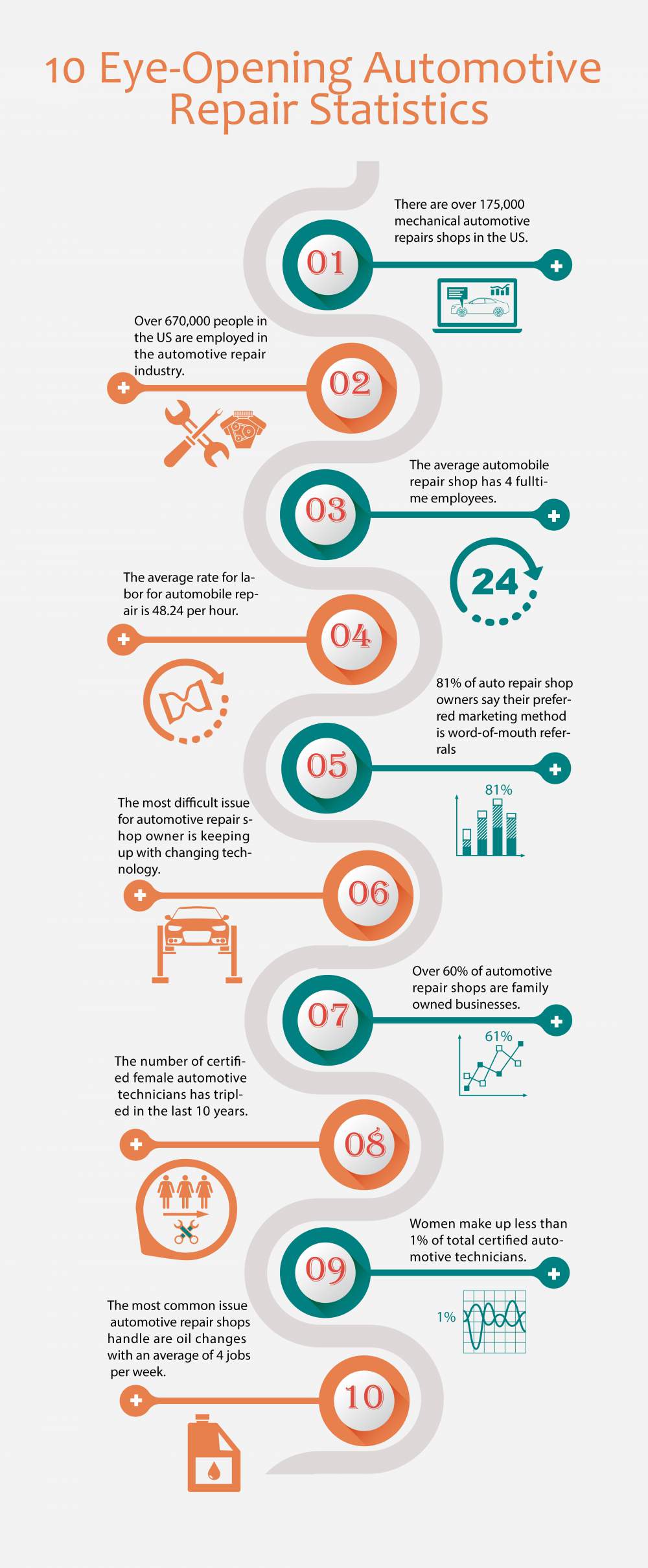Decoding Your Lorry'S Warning Indicators: What They Absolutely Represent
Decoding Your Lorry'S Warning Indicators: What They Absolutely Represent
Blog Article
Authored By-Hartley Kejser
When you're behind the wheel, those beautiful caution lights on your dashboard can be a little bit difficult. Do you recognize what they're trying to tell you regarding your cars and truck's health? Comprehending the importance of these lights is crucial for your safety and security and the durability of your car. So, the next time one of those lights appears, would not you wish to decode its message properly and take the necessary steps to resolve it?
Common Warning Lighting and Interpretations
Determine common caution lights in your vehicle and recognize their definitions to make sure secure driving.
The most normal warning lights consist of the check engine light, which indicates concerns with the engine or discharges system. If this light comes on, it's essential to have your car examined without delay.
The oil pressure alerting light indicates reduced oil stress, requiring immediate attention to prevent engine damages.
A flashing battery light might suggest a defective charging system, possibly leaving you stranded if not addressed.
The tire pressure surveillance system (TPMS) light alerts you to reduced tire pressure, influencing vehicle stability and gas efficiency. Ignoring this could result in dangerous driving conditions.
The abdominal light shows a trouble with the anti-lock stopping system, compromising your capability to quit rapidly in emergencies.
Lastly, the coolant temperature level cautioning light warns of engine overheating, which can lead to serious damages if not solved swiftly.
Understanding these common caution lights will help you attend to issues without delay and keep secure driving conditions.
Significance of Prompt Interest
Comprehending the common caution lights in your vehicle is just the first step; the value of without delay attending to these cautions can't be highlighted sufficient to ensure your safety when traveling.
When https://deanpkeys.nizarblog.com/32255447/the-ease-of-mobile-vehicle-describing-transforms-your-automobile-s-look-yet-is-it-as-efficient-as-traditional-approaches-discover-the-reality-behind-this-service illuminates on your control panel, it's your cars and truck's way of communicating a potential problem that requires attention. Overlooking these warnings can result in a lot more severe problems in the future, jeopardizing your safety and security and potentially costing you much more out of commission.
Trigger attention to alerting lights can prevent break downs and crashes. For example, a blinking check engine light could suggest a misfire that, if left unattended, might create damages to the catalytic converter. Resolving this without delay can save you from a costly repair.
Similarly, a brake system advising light might signify low brake fluid or used brake pads, crucial components for your security when driving.
Do It Yourself Troubleshooting Tips
If you observe a caution light on your dashboard, there are a few do it yourself fixing pointers you can attempt before looking for expert help.
The very first step is to consult your car's guidebook to understand what the details caution light indicates. In https://www.khou.com/article/news/crime/bullets-fly-at-spring-branch-auto-shop-during-argument-over-cost-of-repair/285-31d2aacc-4918-490b-bbc2-8987062415e5 can be as simple as a loose gas cap setting off the check engine light. Tightening the gas cap may deal with the problem.
Another common problem is a reduced battery, which can set off various alerting lights. Checking web page for corrosion and ensuring they're secure might fix the problem.
If a caution light persists, you can try resetting it by detaching the vehicle's battery for a few mins and after that reconnecting it. In Read Significantly more , examining your car's fluid levels, such as oil, coolant, and brake fluid, can aid fix advising lights related to these systems.
Conclusion
Finally, recognizing your auto's caution lights is vital for keeping your car running efficiently and safely. By quickly addressing these informs and knowing what they mean, you can avoid pricey repair services and possible break downs.
Keep in mind to consult your vehicle's guidebook for specific information on each alerting light and take action as necessary to make sure a trouble-free driving experience.
Keep educated, remain safe when driving!
